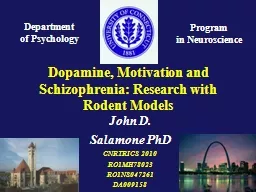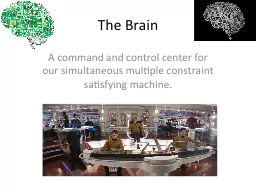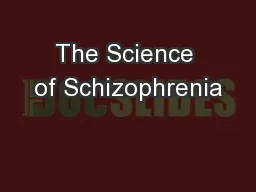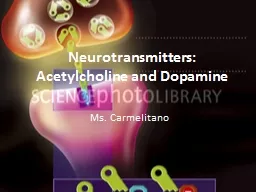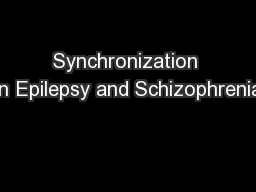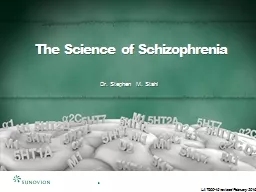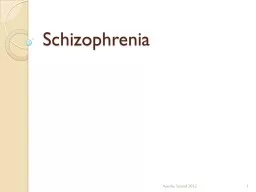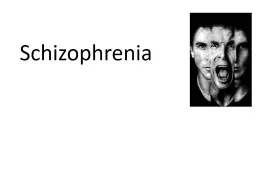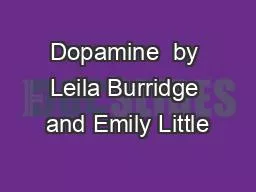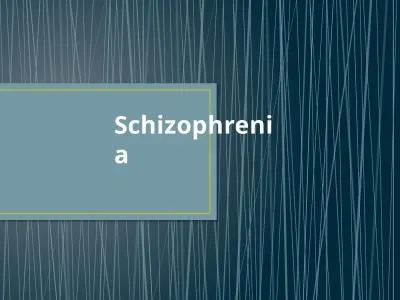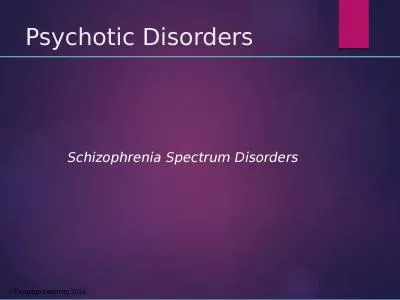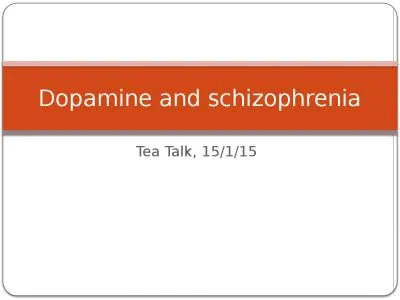PPT-Dopamine, Motivation and Schizophrenia: Research with Roden
Author : mitsue-stanley | Published Date : 2016-02-28
Department of Psychology Program in Neuroscience John D Salamone PhD CNRTRICS 2010 RO1MH78023 RO1NS047261 DA009158 BACKGROUND DA and Schizophrenia Strong and Weak
Presentation Embed Code
Download Presentation
Download Presentation The PPT/PDF document "Dopamine, Motivation and Schizophrenia: ..." is the property of its rightful owner. Permission is granted to download and print the materials on this website for personal, non-commercial use only, and to display it on your personal computer provided you do not modify the materials and that you retain all copyright notices contained in the materials. By downloading content from our website, you accept the terms of this agreement.
Dopamine, Motivation and Schizophrenia: Research with Roden: Transcript
Download Rules Of Document
"Dopamine, Motivation and Schizophrenia: Research with Roden"The content belongs to its owner. You may download and print it for personal use, without modification, and keep all copyright notices. By downloading, you agree to these terms.
Related Documents

